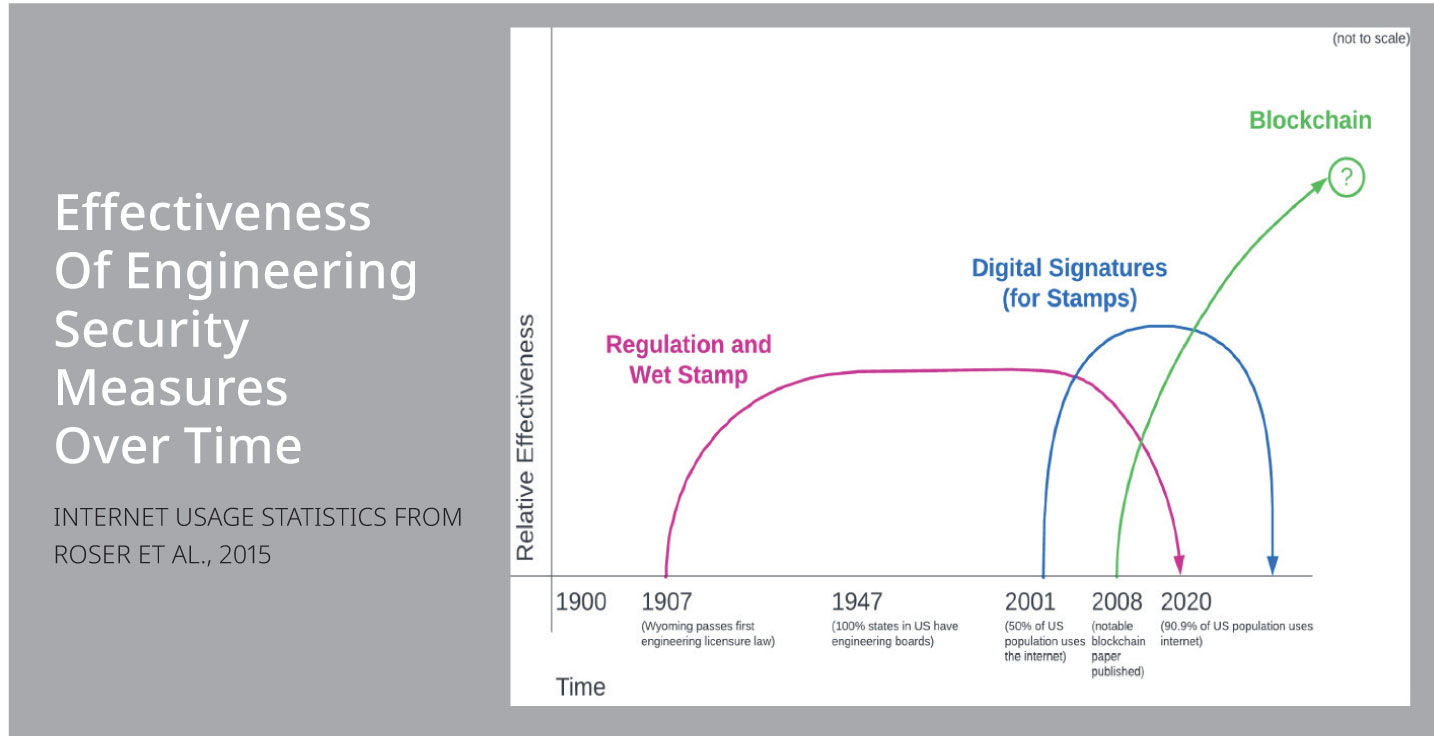March/April 2020
Communities: Construction
Technology Development Surges, But Obstacles Slow Adoption
As investors pour more money into new construction technology, construction firms are slowly deploying new tech tools, but obstacles to widespread adoption remain, according to recent reports.
Funding for US-based construction technology startups surged 342%, from $731 million in 2017 to $3.1 billion in 2018, according to a November 2019 white paper by Stephen Buonpane and Michael Tanenbaum of Chubb Limited, “As New Technologies Emerge, Cyber Risks Build Fast for Construction Companies.”
“Not only have there been significant advancements in traditional construction tech—such as Building Information Modeling (BIM)—construction sites are becoming more digitized and smarter than ever,” the report reads. “Additionally, Artificial Intelligence (AI), Virtual/Augmented Reality (VR), drones, BIM, and modular construction are enabling buildings to be designed and built with new efficiency and accuracy, bringing welcomed productivity enhancements to an industry where on-time-and-on-budget is a cornerstone of profitability.”
Construction tech companies have come to realize that the industry is slow to adopt technology and it places less emphasis on research and development than in other industries. For tech companies, finding a niche and a loyal customer base is an important first step to continued investment and financial success.
For example, Airworks, an image-processing startup that offers web-based service to convert satellite and UAV imagery into 2D and 3D model files, found their niche in civil engineers with contract bids they want to win. These civil engineers were their ideal customers, says company CEO David Morczinek, because they were “more likely to win if they had better data up front.”
One important area in which construction firms are adopting and using new technologies is in worker safety. Now, wearable devices worn by workers can provide project managers with a look at how those workers behave, their locations, and other factors on the jobsite. The technology enables them to identify unsafe actions or situations before injury, or worse, can happen.
In the 2020 FMI Industry Report, out of 738 respondents in the construction industry from the US, UK, Canada, Australia and New Zealand, 66% said their top concern for future success was maintaining a safe jobsite. More than 51% said they were already using new construction software for that particular reason.
Using software to promote safety is also producing the best ROI, according to the report, because safety performance remains the most critical qualification for contractors to maintain their licenses, secure affordable insurance, prequalify for projects, and recruit and retain workers.
The report, however, also showed that fewer than 50% of respondents were using construction software to “maximize field productivity.” Why? Many firms are unaware of technology solutions or they lack the money to spend on technology or conduct research to find the right technological solution.
Another obstacle to adopting new technologies is a disconnect between buyer and provider. Many construction firms are mainly focused on selecting new technologies based on cost, when they should be assessing how the technology can bring customer success, ensure team capabilities, and facilitate user adoption.
“Today, while most firms are basing their buying decisions on functionality, ease of use, and cost, they may not be considering the bigger picture: how to ensure the widespread user adoption required to achieve top returns on their technology investments,” the report says.
For this reason, the report suggests that technology firms should employ the services of those who take a partnered approach. In other words, they are not simply a vendor, but provide immediate access to experts, understand the industry thoroughly, and incorporate feedback into product development.
“Rather than simply offering a software solution to address a handful of problems, technology partners listen in order to understand construction’s evolving concerns; they use this knowledge to continually advance product development; and they invest in educating and training their customers to demonstrate the value of the technology and encourage user adoption—thereby opening the door to better ROI,” the report says.


 Volunteering at NSPE is a great opportunity to grow your professional network and connect with other leaders in the field.
Volunteering at NSPE is a great opportunity to grow your professional network and connect with other leaders in the field. The National Society of Professional Engineers (NSPE) encourages you to explore the resources to cast your vote on election day:
The National Society of Professional Engineers (NSPE) encourages you to explore the resources to cast your vote on election day:


